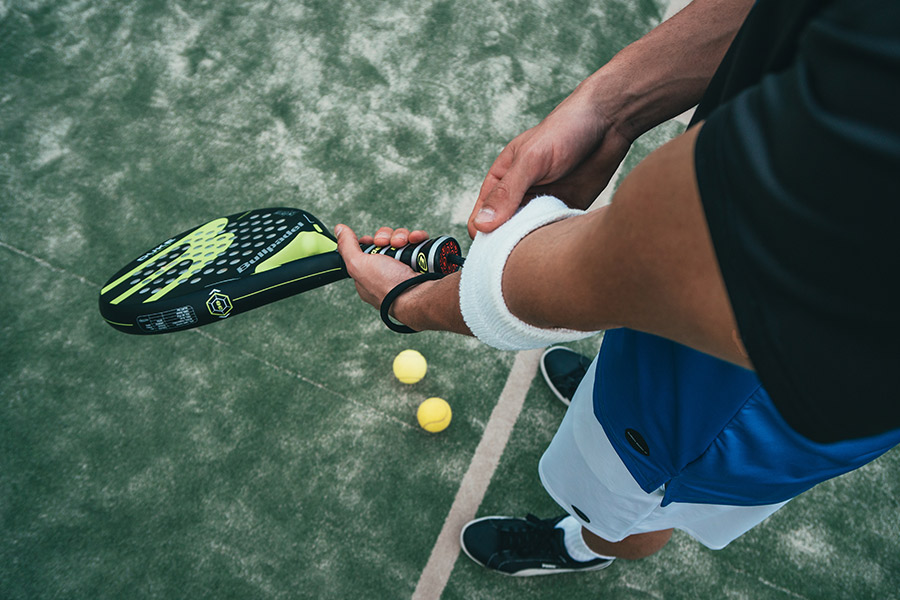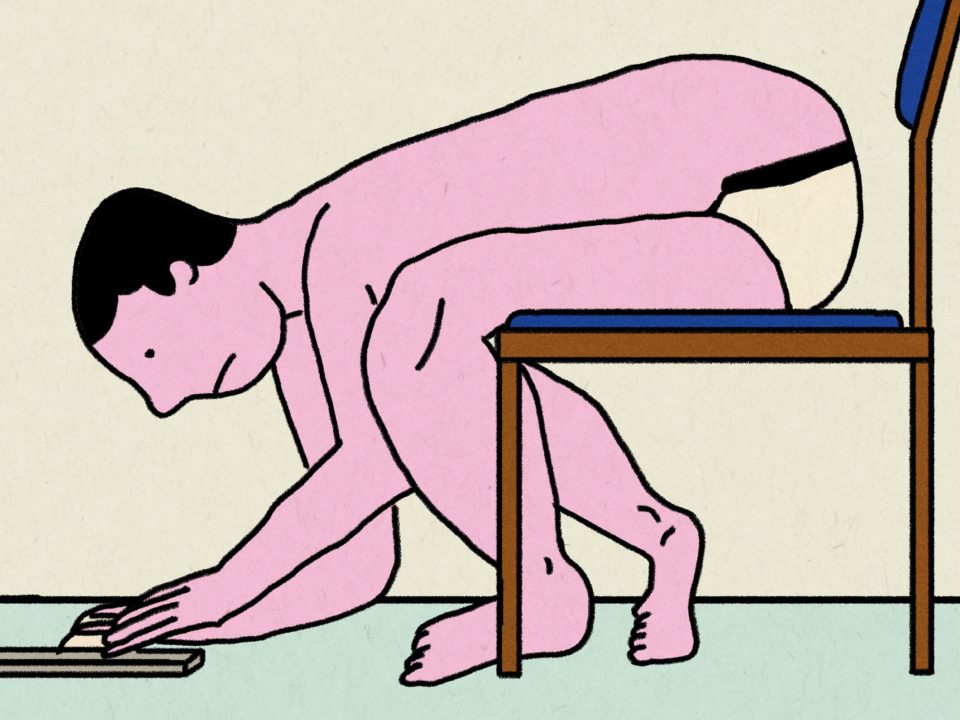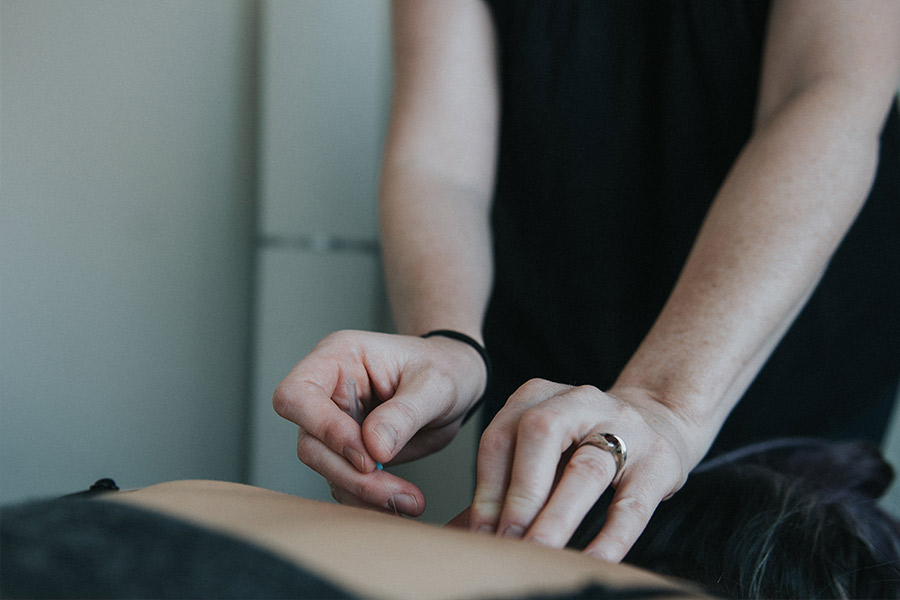Tennis Elbow Treatment Options
It’s Not Just Tennis Elbow
Tennis elbow is a general term used to describe pain along the outer region of the elbow. The medical terminology for tennis elbow is “lateral epicondylitis” and essentially translates as inflammation (“-itis”) around the lower-outer surface of the upper arm (the humerus bone).
However, labeling the condition does provide sufficient insight into the source of pain whereas a detailed physical assessment by a qualified healthcare professional can determine if the elbow pain is due to one or more of the following structures:
- Inflammation of muscle, tendons or the joint
- A strain of elbow and forearm muscles
- Excessively tightness of elbow and forearm muscles
- Joint misalignment or improper tracking
- Entrapment or inflammation of the radial nerve
- Periostitis or inflammation of the bone at the tendon attachment site
- Myofascial or connective tissue scar tissue adhesions
- Aligament sprain
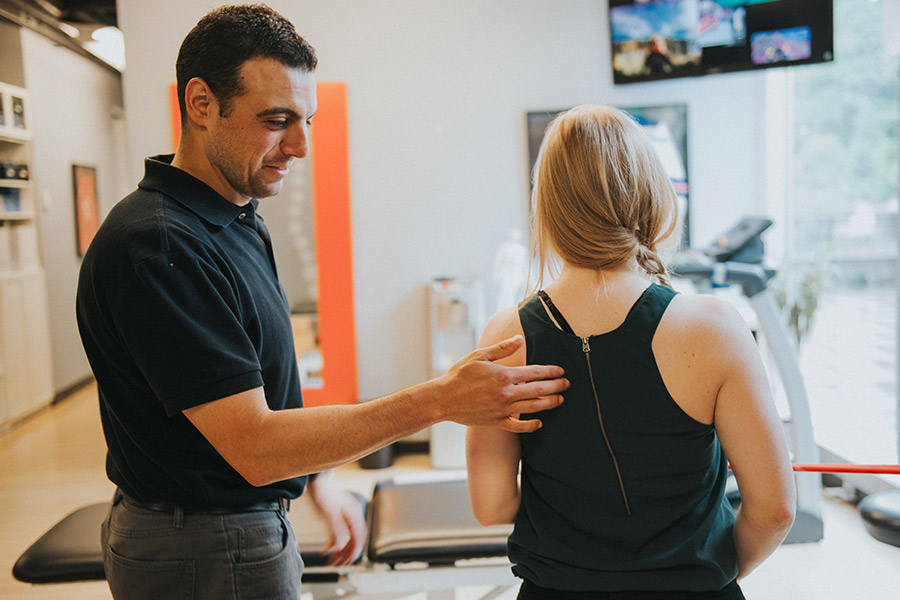
You Have A Plethora Of Treatment Options
There are many devices, forms of treatments, and rehabilitation exercises that claim to ‘fix’ tennis elbow but they often only address some of the injured structures and may even be counterproductive to the recovery process. A qualified health care professional is able to determine which devices, treatments and exercises are most appropriate for the rehabilitation of whichever structures (muscle, tendon, joint, bone, nerve, or ligament) may be injured. Common treatment methods that your therapist may selectively utilize include the following:
- Stretching exercises (dynamic & static)
- Massage therapy and Active Release Techniques (ART)
- Joint mobilization or manipulation techniques
- Acupuncture, cupping, or IMS
- Ultrasound or shockwave therapy
- Nerve or myofascial flossing exercises
- Graston Technique®
- The application of KinesioTape
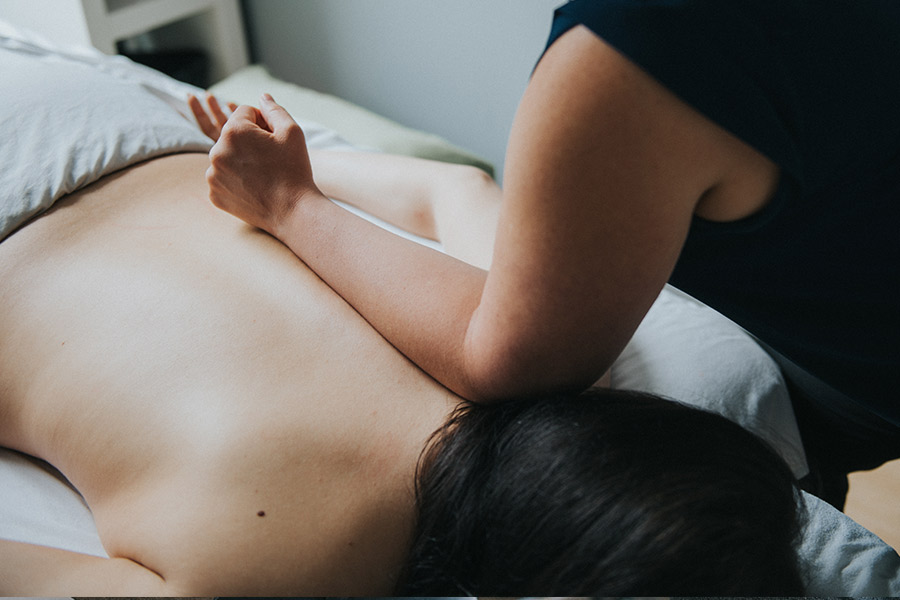
Try A New Approach To Staying Injury Free
The other key component in the rehabilitation of tennis elbow is to minimize the re-aggravation of injured structures while playing tennis. In order to do so, tennis players should work towards learning proper stroke techniques, selecting the appropriate equipment, and incorporating complimentary exercises off the court.
Technique & Form
Lessons or coaching can help with striking the ball at the optimal point of contact, generating power through the legs & core abdominals, and utilizing the correct grip. Improving stroke mechanics will not only improve your skill level and performance but it will also reduce the stress on the muscles and joints with every shot made or missed. Learning to hit a two-handed backhand will also significantly minimize the risk of elbow aggravation.
Conditioning
Allow sufficient time for the body to adapt to new forces occurring at the elbow when learning to play tennis or when increasing the frequency of play. Limit the length of court time per session and include ‘recovery days’ to allow the body to rebuild for the next session (rather than breaking down). Ask a qualified healthcare professional for appropriate exercises that will compliment your tennis game and promote good health of the elbow. Exercises may be specific for the elbow or include sport-specific shoulder, back, core abdominal, and leg strengthening.
Equipment
The introduction of a new racquet or any changes to the current racquet should be made gradually. Muscles, tendons, bones, and ligaments take several weeks to build up their tolerance to any new stress. Abrupt changes in the weight, stiffness, string tension or grip size can lead to a breakdown of one or more structures at the elbow.
Alternate using a new racquet with your usual racquet over 2-3 weeks – playing with the new racquet for only 15-20min during the first hitting session and gradually increasing the length of time over several subsequent sessions. Changes in string tension should only be -/+ 2lbs max at a time to prevent alterations in stroke mechanics and to minimize new stresses to the elbow. Ensure the racquet’s grip size is correct, that the overwrap sufficiently absorbs perspiration, and that there is adequate tackiness to avoid the need for excessive gripping forces that places additional tension at the elbow.
A Complicated Injury For A Complicated Joint
The diagnosis of ‘tennis elbow’ is a simplification of pain at the elbow. A thorough assessment is needed to identify the specific structures at fault for the pain before the proper treatment methods can be applied to effectively rehabilitate the injured tissue.
To prevent re-aggravation of the elbow during play mechanical stress to the joint may be minimized by improving your technique, assuring your equipment is appropriate for your playing level, and incorporating healthy conditioning strategies.
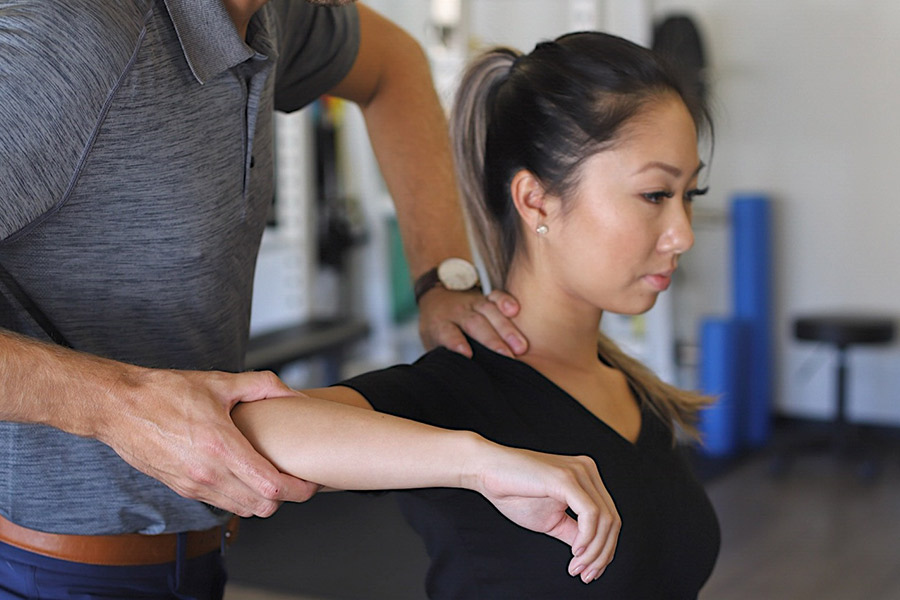
Book an Assessment!
Let’s speed up your recovery!
Visit the West Vancouver Clinic or the Port Moody Clinic to see how we can help you.


